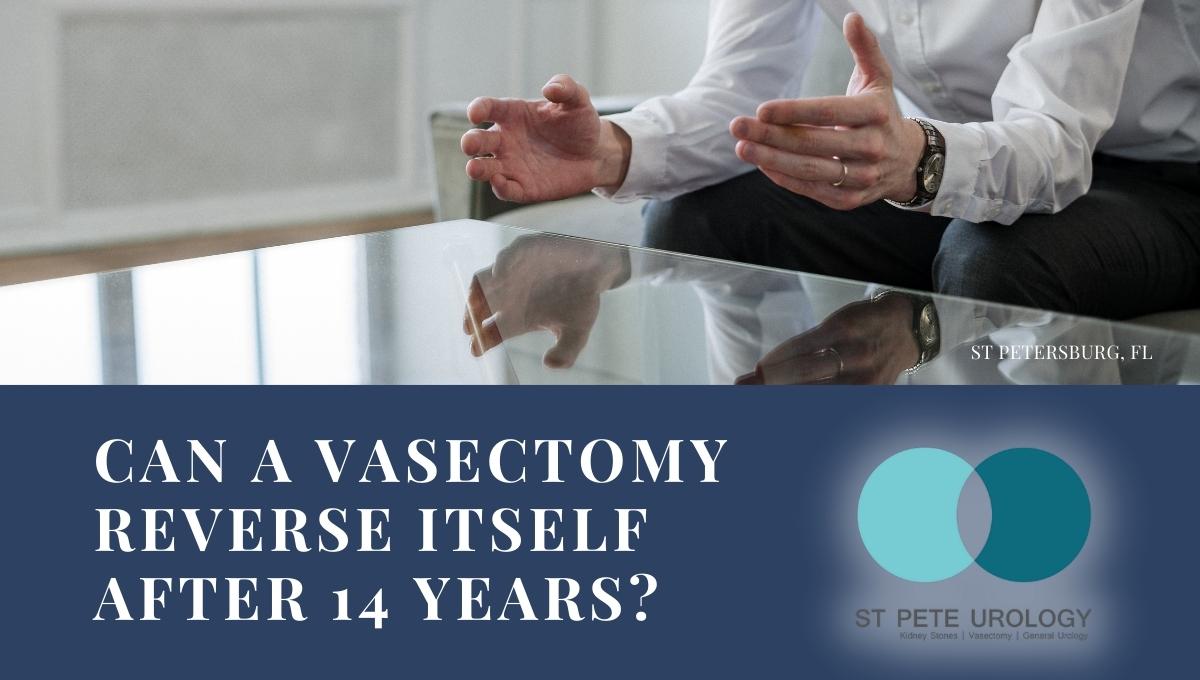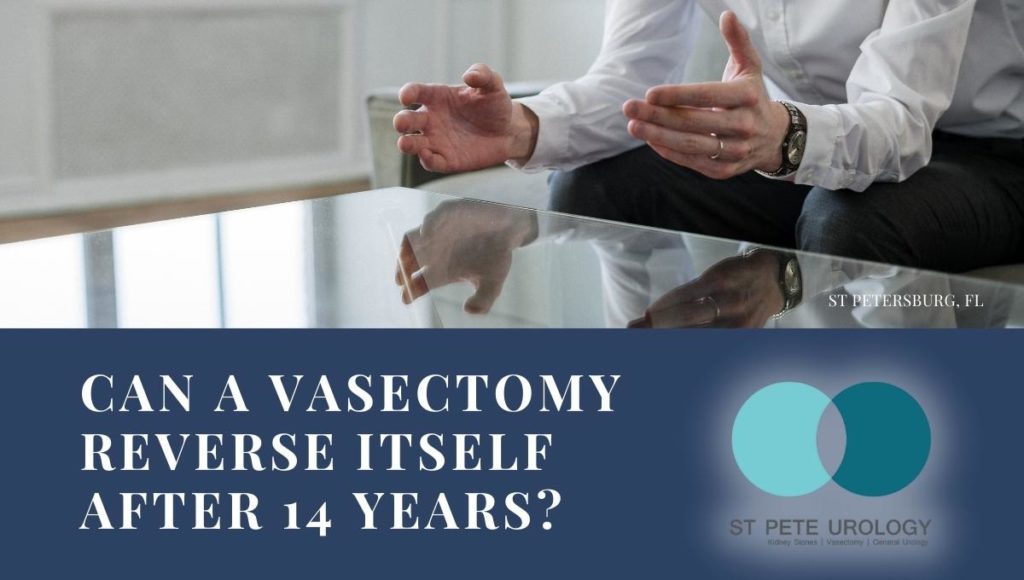Key Takeaways:
- Men who have had a vasectomy can consider a vasectomy reversal procedure to restore fertility and have a chance of fathering a child again.
- A successful vasectomy reversal involves making small incisions in the scrotum to reconnect the vas deferens, and success rates can be improved by entrusting the reversal to a reputable urologist.
- Alternative options such as IVF remain viable if the vasectomy reversal is unsuccessful or not feasible.
First Steps: Determining Your Eligibility for Reversal
You may think it is impossible to start or expand your family after a vasectomy procedure. However, there is hope through a ground-breaking medical solution known as vasectomy reversal. Reid Graves, a reputable urologist at St. Pete Urology, asserts that men who have undergone vasectomy but now wish to have children again can consider this remarkable procedure. The need for a vasectomy reversal often arises when men form new relationships with partners who desire to have children. The cut vas deferens from the prior vasectomy renders them unable to conceive, creating this necessity.
Delving into the Procedure: How Vasectomy Reversal Works
Graves explains that, to achieve a successful vasectomy reversal, small incisions are made in the scrotum. These incisions bring the isolated ends of the vas deferens back together. Using advanced medical equipment such as a microscope or robotic technology, the urologist then meticulously sutures the vas deferens. This surgical intervention restores the natural pathway for sperm to travel from the testicles to the penis. Consequently, it allows the possibility of fathering a child once more.
Considering the Odds: The Success Rates
As with any medical procedure, there are no guarantees with vasectomy reversal. However, it is worth noting that the overall success rates are promising. A key determining factor of success lies in the expertise of the urologist performing the procedure, as well as their proficiency in utilizing advanced medical technology. By entrusting your reversal to a reputable urologist, you substantially increase your chances of welcoming a new addition to your family.
Weighing Your Options: The Benefits and Alternatives to Vasectomy Reversal
Beyond the possibility of fathering a child again, it offers the added benefit of minimal invasiveness. The small incisions made during the procedure are essential to reconnecting the vas deferens while reducing the risk of complications. In the event that your vasectomy reversal is unsuccessful or not feasible, assisted reproductive techniques such as in vitro fertilization (IVF) remain viable alternatives for having children.
Reclaiming Your Fertility at St Pete Urology
If you find yourself contemplating the possibility of a vasectomy reversal in St. Petersburg, FL, look no further than the experienced urologists at St Pete Urology. Dr. Reid Graves and his team of specialized professionals are dedicated to providing top-tier urological care and utilizing the latest advancements in medical technology for reversing your vasectomy.
Trust the experts at St. Pete Urology. They have built their reputation on ensuring that reversing your vasectomy is as seamless and successful as possible. Partner with a team that recognizes the deep-rooted desire to create or expand your family. They are eager to make it a reality for you. Schedule a consultation with St Pete Urology in St. Petersburg, FL, today. Take the first step toward reclaiming your fertility.
References:
- “What is the Success Rate for a Vasectomy Reversal?: Arizona Urology.” https://www.arizona-urology.com/blog/what-is-the-success-rate-for-a-vasectomy-reversal.
- “What is Assisted Reproductive Technology?.” https://www.cdc.gov/art/whatis.html.
- “Reversing Vasectomy Offers You Many Benefits.” https://www.bestvasectomy.com/benefits-of-vasectomy-reversal/.
Transcription:
My name is Reid Graves and I’m a urologist at St. Pete Urology. Sometimes men who have had vasectomies will meet a new partner that desires children and one of the complexities with this is since the vas deferens has been cut with the prior vasectomy they’re unable to have children. And when the patient’s partner wants a baby the only option is to try to reconnect these tubes back together. We can do that with what’s called a vasectomy reversal. In order to do this we have to make small incisions in the scrotum, explore the scrotum and then bring the little tiny vas deferens back out together and using a microscope or even with robotic technology we’re able to sew the vas deferens back together so that the sperm can then travel from the testicle back to the penis so that the person can have a child.












